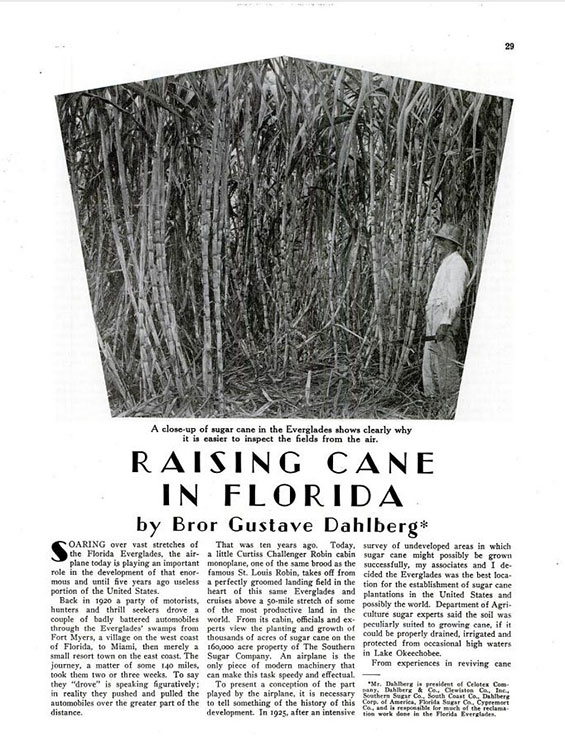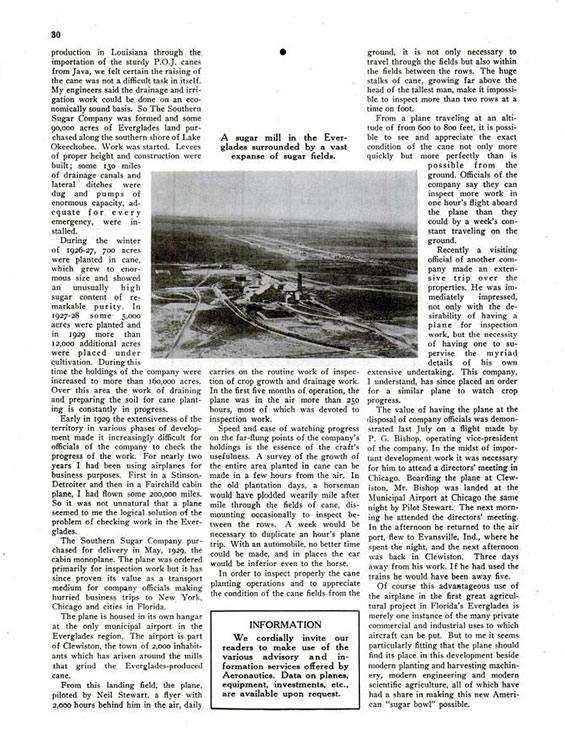|
 |
|||
BROR GUSTAV DAHLBERG |
|||
|
| YOU CAN HELP | ||||||
| I'm looking for information and photographs of passenger Dahlberg to include on this page. If you have some you'd like to share, please click this FORM to contact me. | ||||||
|
OTHER BOOKS FOR YOU Military Aircraft of the Davis Monthan Register, 1925-1936 is available at the link. This book describes and illustrates with black & white photographs the majority of military aircraft that landed at the Davis-Monthan Airfield between 1925 and 1936. The book includes biographies of some of the pilots who flew the aircraft to Tucson as well as extensive listings of all the pilots and airplanes. Use this FORM to order a copy signed by the author. ISBN 978-0-9843074-2-5. ---o0o--- Art Goebel's Own Story by Art Goebel (edited by G.W. Hyatt) is written in language that expands for us his life as a Golden Age aviation entrepreneur, who used his aviation exploits to build a business around his passion. Use this FORM to order a copy signed by the author. ISBN 978-0-9843074-1-8. ---o0o--- Winners' Viewpoints: The Great 1927 Trans-Pacific Dole Race is available at the link. Use this FORM to order a copy signed by the author. What was it like to fly from Oakland to Honolulu in a single-engine plane during August 1927? Was the 25,000 dollar prize worth it? Did the resulting fame balance the risk? For the first time ever, this book presents the pilot and navigator's stories written by them within days of their record-setting adventure. Pilot Art Goebel and navigator William V. Davis, Jr. take us with them on the Woolaroc, their orange and blue Travel Air monoplane (NX869) as they enter the hazardous world of Golden Age trans-oceanic air racing. ISBN 978-0-9843074-3-2. ---o0o--- |
Contact Us | Credits | Copyright © 2008 Delta Mike Airfield, Inc. This website is best enjoyed in a 1024 x 768 screen resolution. Web design by The Web Professional, Inc |
|


